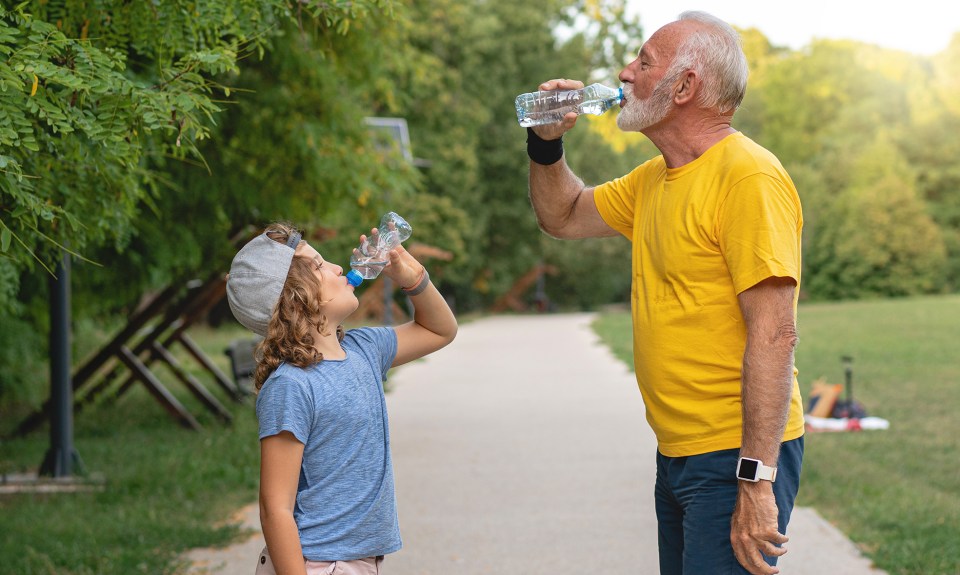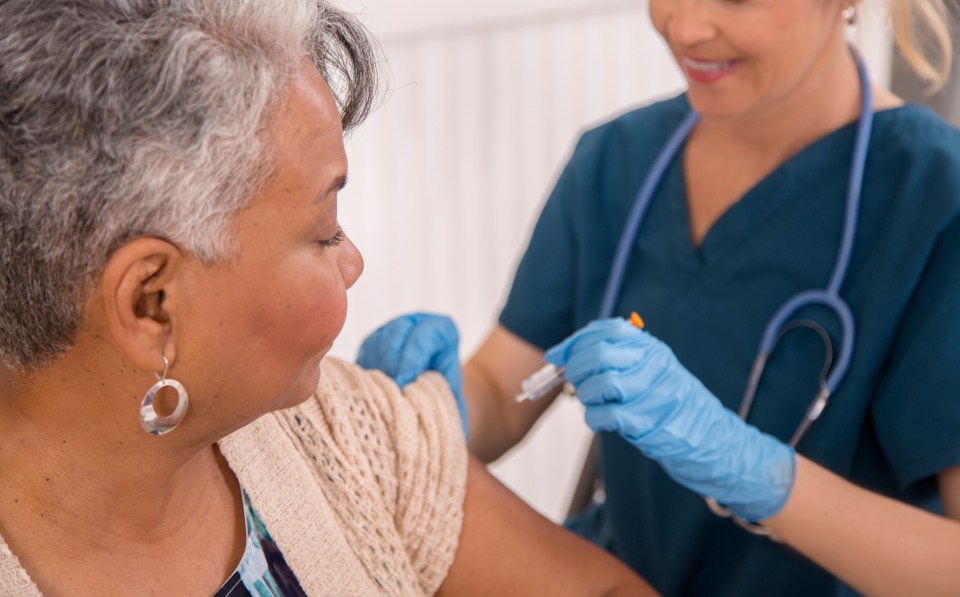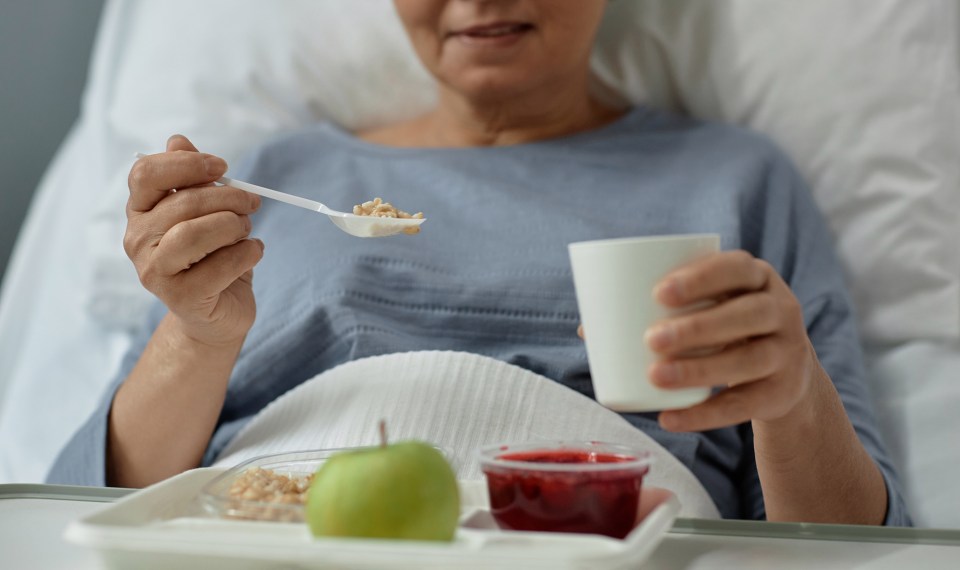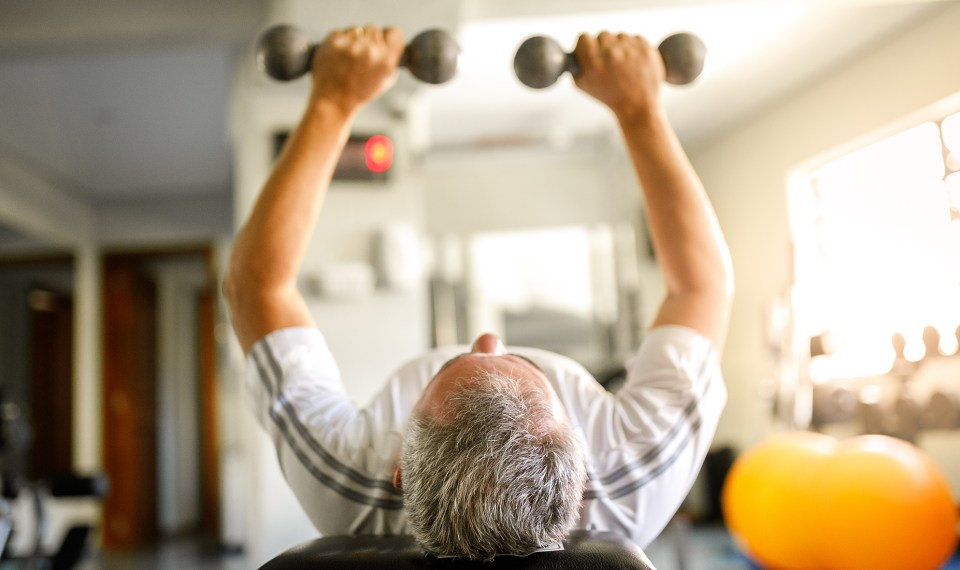As temperatures rise, so does the risk of dehydration, especially among older adults. Know what dehydration symptoms are and follow these tips to keep you safe, healthy and hydrated.
What is Dehydration?
Dehydration occurs when you lose more water than you take in. We typically get fluids from the things we eat and drink, and then lose it through normal bodily functions. In the summer, higher temperatures can cause us to sweat more. This is needed to cool us down, but it can also lead to a greater loss in fluid.
When your body realizes it needs water, a thirst signal is sent to the brain. This signal can weaken as we age, making it harder to recognize when we need more fluid. Kidney function can also decrease, which makes it harder to conserve fluids.
Other causes of dehydration include medications with a diuretic effect that lead to frequent urination, and sicknesses that cause a high fever, vomiting or diarrhea.
The Importance of Staying Hydrated
Your body is made up of more than 60 percent water, so staying hydrated plays an important role in keeping you healthy. Water helps control your body temperature, maintain blood pressure and protect your tissues and joints.
Dehydration is one of the main causes of hospitalization in those 65 and older. If left untreated, it can lead to serious complications like urinary tract infections, kidney failure, seizures and even heat stroke, one of the most dangerous warm-weather-related illnesses.
Dehydration Symptoms
Signs of dehydration include:
- Confusion, dizziness or headaches
- Rapid heart rate
- Dry, sticky mouth and tongue
- Sunken eyes
- Inability to sweat or produce tears
- Decrease in urination
- Low blood pressure or change in blood pressure when moving
Tips for Staying Cool
By following the five tips below, you can beat the heat and prevent dehydration.
1. Don’t wait until you’re thirsty. Instead, drink small amounts of water throughout the day. Keep a water bottle or glass close as a reminder to continue drinking.
2. Mix it up. Water is the best source of hydration, but adding fruit or flavoring is an easy way to switch things up. Be careful with caffeinated beverages, like soda, coffee or tea, as they can have a diuretic effect.
3. Eat more fruits and vegetables. Liquids aren’t the only source of hydration. Foods like strawberries, watermelon, cucumbers, celery and lettuce also pack a powerful punch of hydration.
4. Be conscious of bathroom trips. Urine color tells us a lot about our hydration. In most cases, the lighter the color, the more hydrated you are. If you notice a darker color, it’s time for some fluids.
5. Talk to your physician about a hydration program. Your physician can recommend using a hydration program for those with certain medications or diseases.
The content of this site is for informational purposes only and should not be taken as professional medical advice. Always seek the advice of your physician or other qualified healthcare provider with any questions you may have regarding any medical conditions or treatments.



